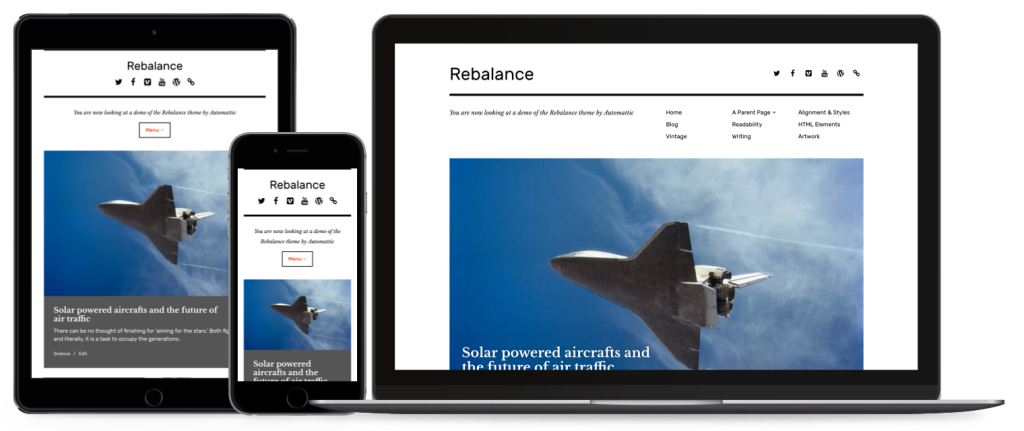This year, we’ve focused heavily on improving people’s experience using themes on WordPress.com. We’ve dug into defining the most common and tricky issues for people using themes through research, user testing, and iteration.
We still have a long way to go toward substantially improving people’s WordPress theme experience. To that end, we’re introducing a new set of requirements for all themes on WordPress.com to follow, geared toward making themes easier for people to set up and use. We call it the TUX List.
It features best practices like this:
- Keep widget names descriptive of their location, ie. Sidebar, Footer, etc. Reason: Users can more easily find them and know what area they refer to.
- Widget IDs should take the format of
sidebar-1,sidebar-2, etc.Reason: Consistency across themes means that a user can switch themes and not have to reassign their widgets to the theme’s widget locations. It also allows for easier readability in code.
We wanted to share it with the community, since incorporating these best practices into your themes on WordPress.org and elsewhere means anyone using them will have an easier time getting to what they really want to do: publish their site. Nothing on the list should restrict your creativity when it comes to designs.
Give it a read and let us know if you have any questions or ideas on how to make it better. Making themes easier is a job for everyone. Happy theming!

2 responses
[…] people’s experience using themes on WordPress.com. It’s one reason we introduced the TUX List, a set of theme user experience requirements. Putting these best practices into your themes on […]
I’m a huge fan of these and will implement them as much as possible in my own themes in the future (along with maybe a pull request or two to _s!)
A question: What about requiring an editor-style.css file? In my own experience, this is one the very best ways theme authors can make the editor actually a WYSIWYG, and the user experience often feels better to me.